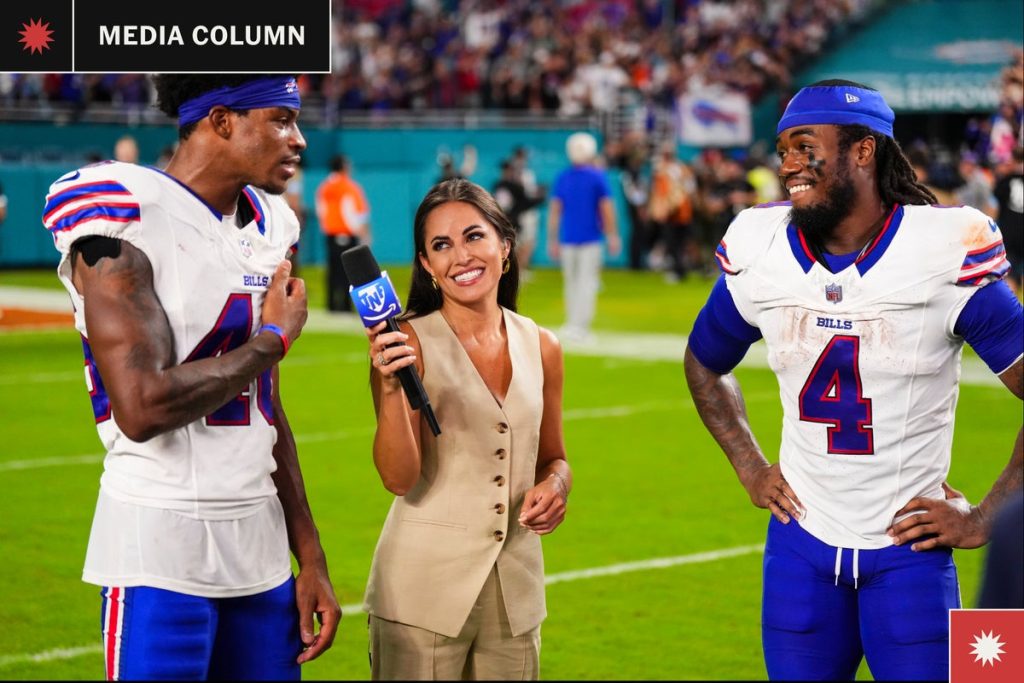Changes within the NFL’s broadcasting policies were implemented as an initiative by the league and its media rights holders. The primary goal of these changes was to enhance content shown to viewers, focusing on making the game more interactive and transparent. In-game coach interviews, pregame player interviews, network pregame locker room coverage, preseason player interviews, and introducing camera access in coaches’ booths were among the enhancements made to improve viewer content and experience. A recent example of these changes was seen prior to the kickoff of a game where broadcasters interviewed Joe Burrow, the Cincinnati quarterback, in full uniform during the season opener.
The newly introduced policy requires NFL clubs to make head coaches or offensive/defensive coordinators available for in-game, on-camera interviews. The policy also outlines the specifics about the timing of the interview, the number of questions that each coach can be asked, and the location of the interview. An example of utilizing the new policies is evident on the “Sunday Night Football” on NBC, where the production team has been able to interact more closely with well-known players, such as Kansas City Chiefs quarterback Patrick Mahomes, moments before the kickoff. NBC’s lead producer considers this new policy an opportunity to provide an additional layer of access to the audience and believes it enhances fans’ experience.
The new policy also encourages more clubhouse footage prior to the start of the game. Clubs, according to the NFL’s memo, are required to record and share at least twenty seconds of pregame locker room content with the broadcasting network, with the Club having final approval of the footage to be aired.
While not all viewers have responded positively to the in-game interview and access changes, networks continue to support the initiative as it displays the exclusivity of their access to the athletes and coaches. The inclusion of in-depth interviews and locker-room footage makes the NFL broadcasts more exclusive and provides fans with a more intimate view of competitors.
Critics of in-game interviews argue that these interviews do not provide significant insights into the game. However, producers believe there are moments when crucial information is shared, and this adds depth to the storyline of the match. NFL’s broadcast producers believe that hearing from the coaches and players during the game, aside from providing fresh information about the game, also gives an added insight through the body language and non-verbal cues of the interviewees.
In summary, while the new broadcasting policies by the NFL were met with mixed opinions from the viewers, it overall helped in providing enhanced content and a more intimate, interactive viewing experience. Despite criticism over the lack of insights provided by in-game interviews, networks continue to support the policy due to the value of the unique access they provide to their audience, improving the game’s storyline and improving access to the main players involved in the NFL games.


